In January 2023, Donna Gottschalk met Hélène Giannecchini for the first time. Although they were separated by some forty years, they developed a closed bond. In search of images for her forthcoming book on friendship, Hélène explores Donna's archives and collects her words, her story. Deeply moved by Donna's life and photographs, Hélène set out to echo them.
Donna Gottschalk's work paints a social, political and intimate portrait of an invisible America, from the late 1960s to the 1980s. As a member of the queer community herself, and involved in the early lesbian rights movement, Donna focused on photographing people on the margins of society, with whom she lived, campaigned and worked: her relatives, friends, lovers and comrades in struggle. Her favorite mode of expression is the portrait, which she strives to capture without artifice. The people she photographs pose for her in an intimate setting, most often in her apartment, fully embracing their freedom. With a sensitive, committed and non-judgmental eye, Donna gradually builds up a family album, a collective memory.
Throughout the book, a text by Hélène Giannecchini activates, reveals and extends Donna Gottschalk's images. An essay by Julie Héraut, co-curator of the exhibition, entitled “Archive against oblivion,” looks back at the careers of the two women and the genesis of this four-handed project.
In “Being seen. On Donna, visibility, and me,” African-American photographer and art historian Carla Williams draws a parallel between her photographic practice and Donna's, a few decades apart. A selection of archives completes the picture.
Donna Gottschalk Hélène Giannecchini
We Others
In January 2023, Donna Gottschalk met Hélène Giannecchini for the first time. Although they were separated by some forty years, they developed a closed bond. In search of images for her forthcoming book on friendship, Hélène explores Donna's archives and collects her words, her story. Deeply moved by Donna's life and photographs, Hélène set out to echo them.
Donna Gottschalk's work paints a social, political and intimate portrait of an invisible America, from the late 1960s to the 1980s. As a member of the queer community herself, and involved in the early lesbian rights movement, Donna focused on photographing people on the margins of society, with whom she lived, campaigned and worked: her relatives, friends, lovers and comrades in struggle. Her favorite mode of expression is the portrait, which she strives to capture without artifice. The people she photographs pose for her in an intimate setting, most often in her apartment, fully embracing their freedom. With a sensitive, committed and non-judgmental eye, Donna gradually builds up a family album, a collective memory.
Throughout the book, a text by Hélène Giannecchini activates, reveals and extends Donna Gottschalk's images. An essay by Julie Héraut, co-curator of the exhibition, entitled “Archive against oblivion,” looks back at the careers of the two women and the genesis of this four-handed project.
In “Being seen. On Donna, visibility, and me,” African-American photographer and art historian Carla Williams draws a parallel between her photographic practice and Donna's, a few decades apart. A selection of archives completes the picture.
Two versions: English and French
Hardcover, 19,5 x 24,5 cm
256 pages
150 color and B&W photographs couleur
Photographs
Donna Gottschalk
Texts
Hélène Giannecchini
Julie Héraut
Carla Williams
Exhibition
We Others
LE BAL, Paris
June 20–November 16, 2025
Link to the video bookflip


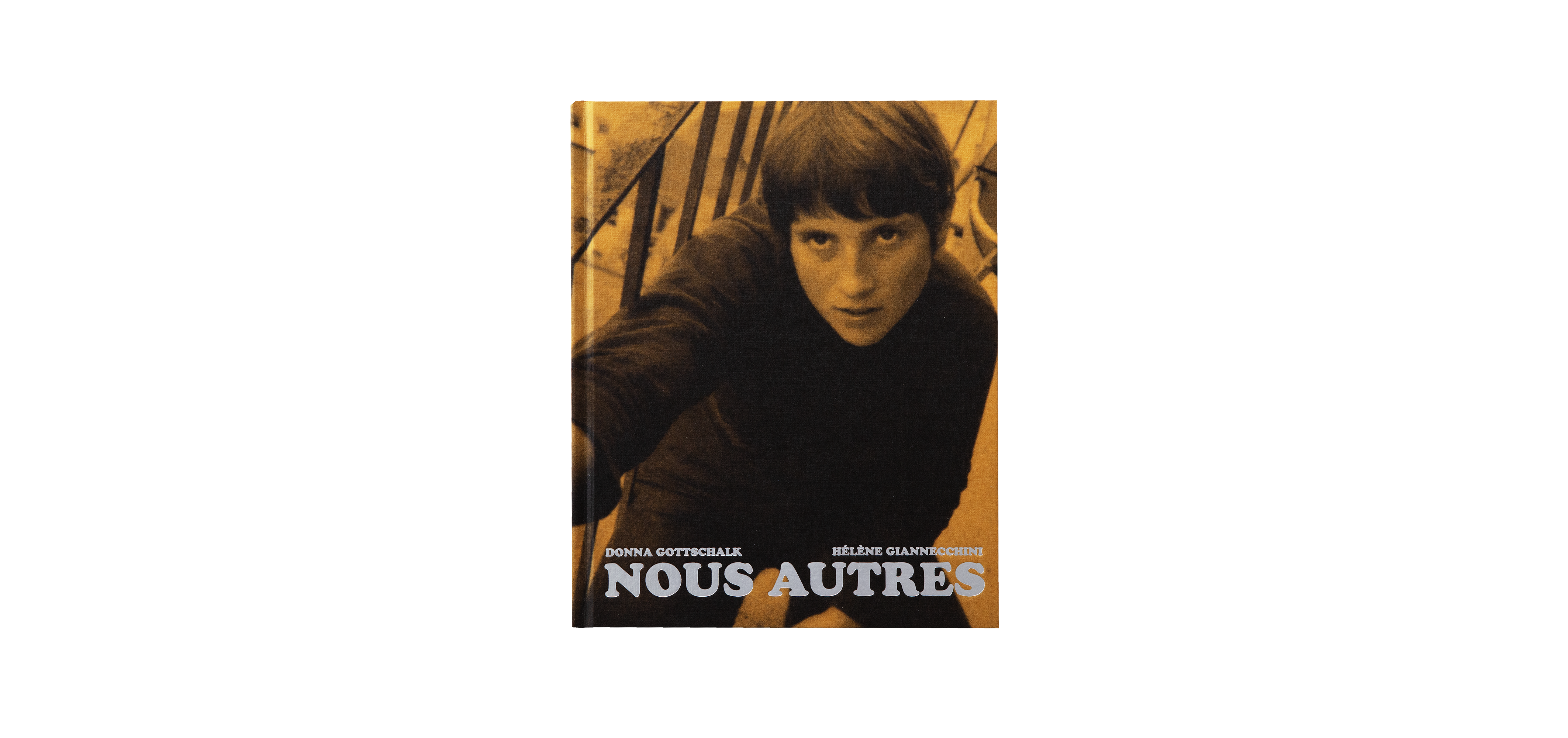

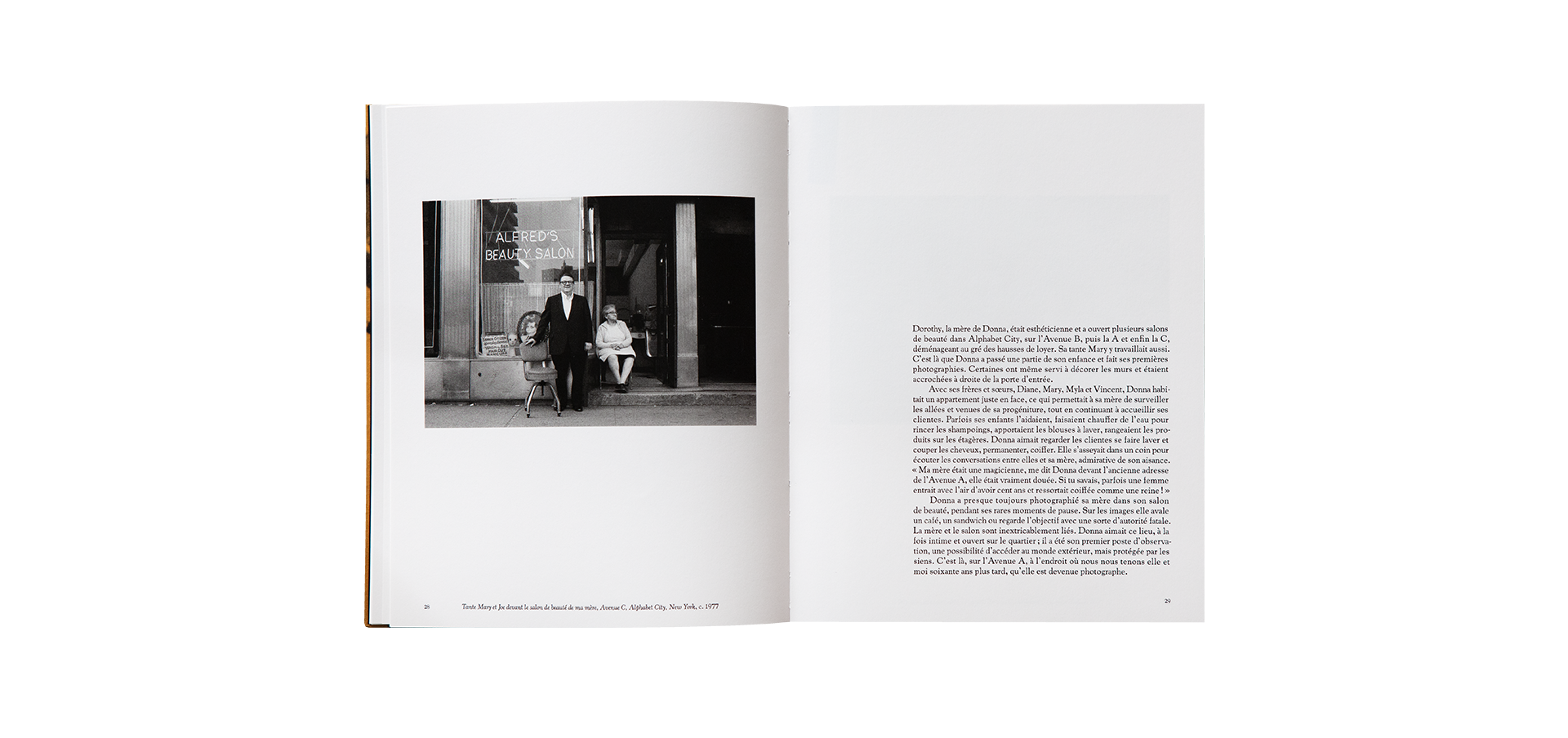
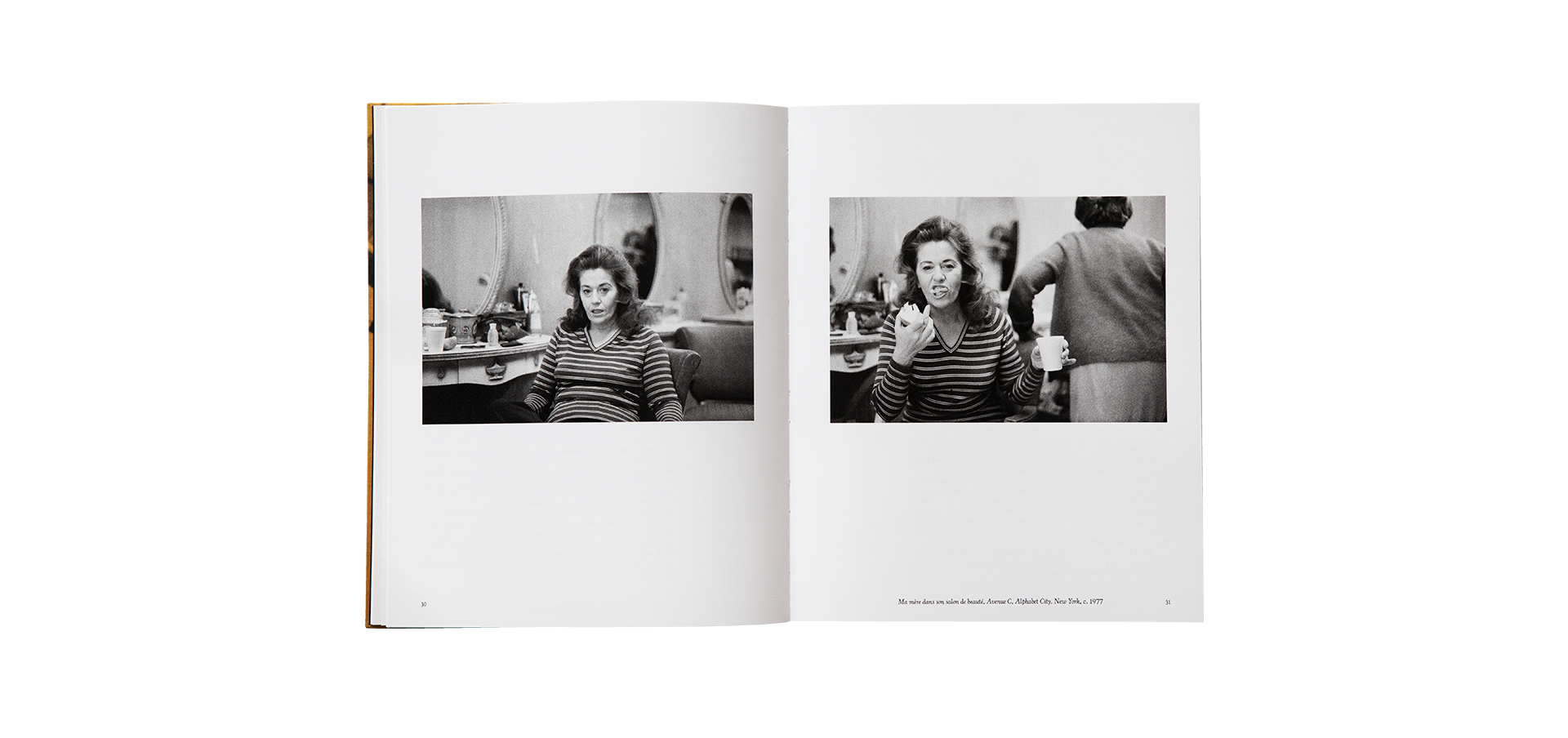
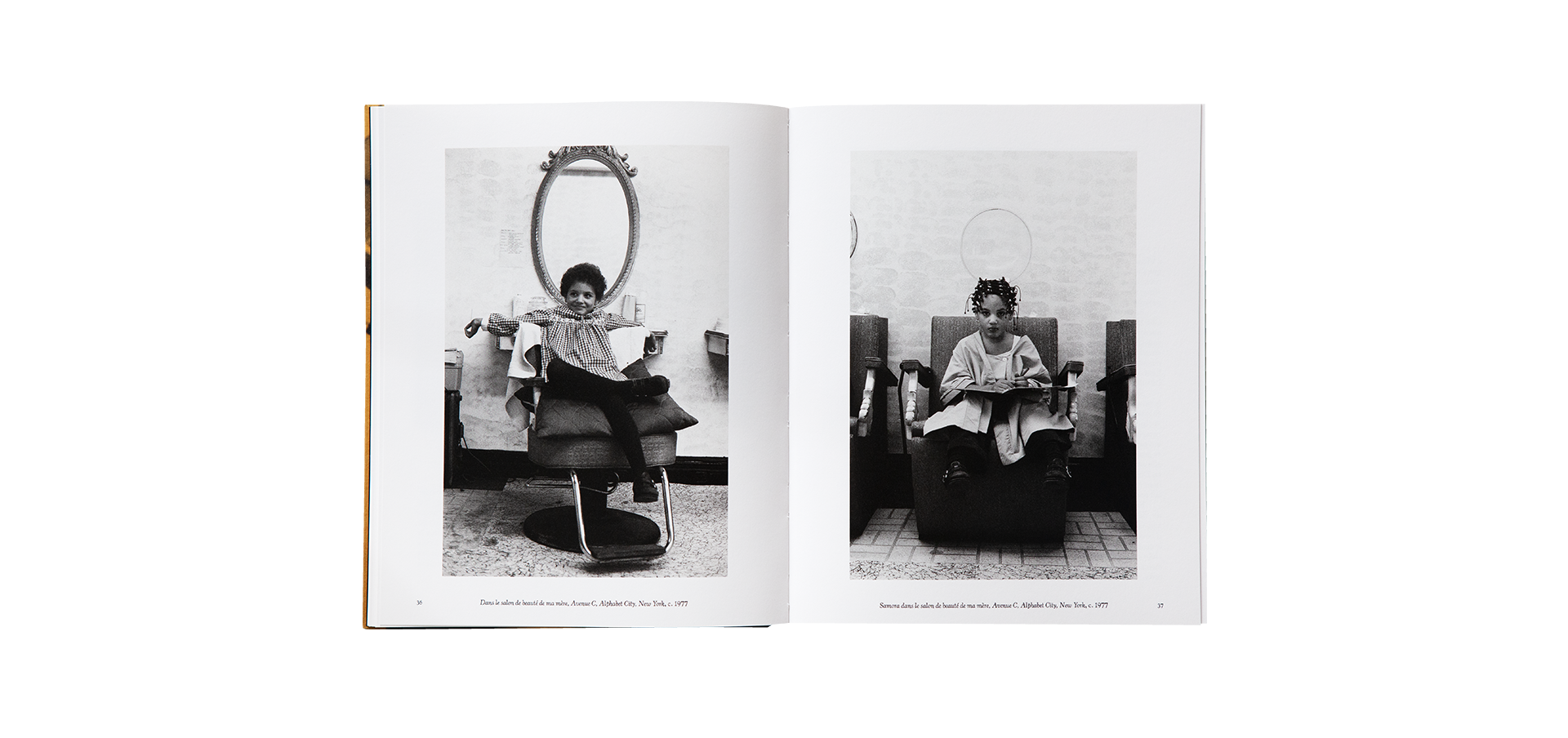

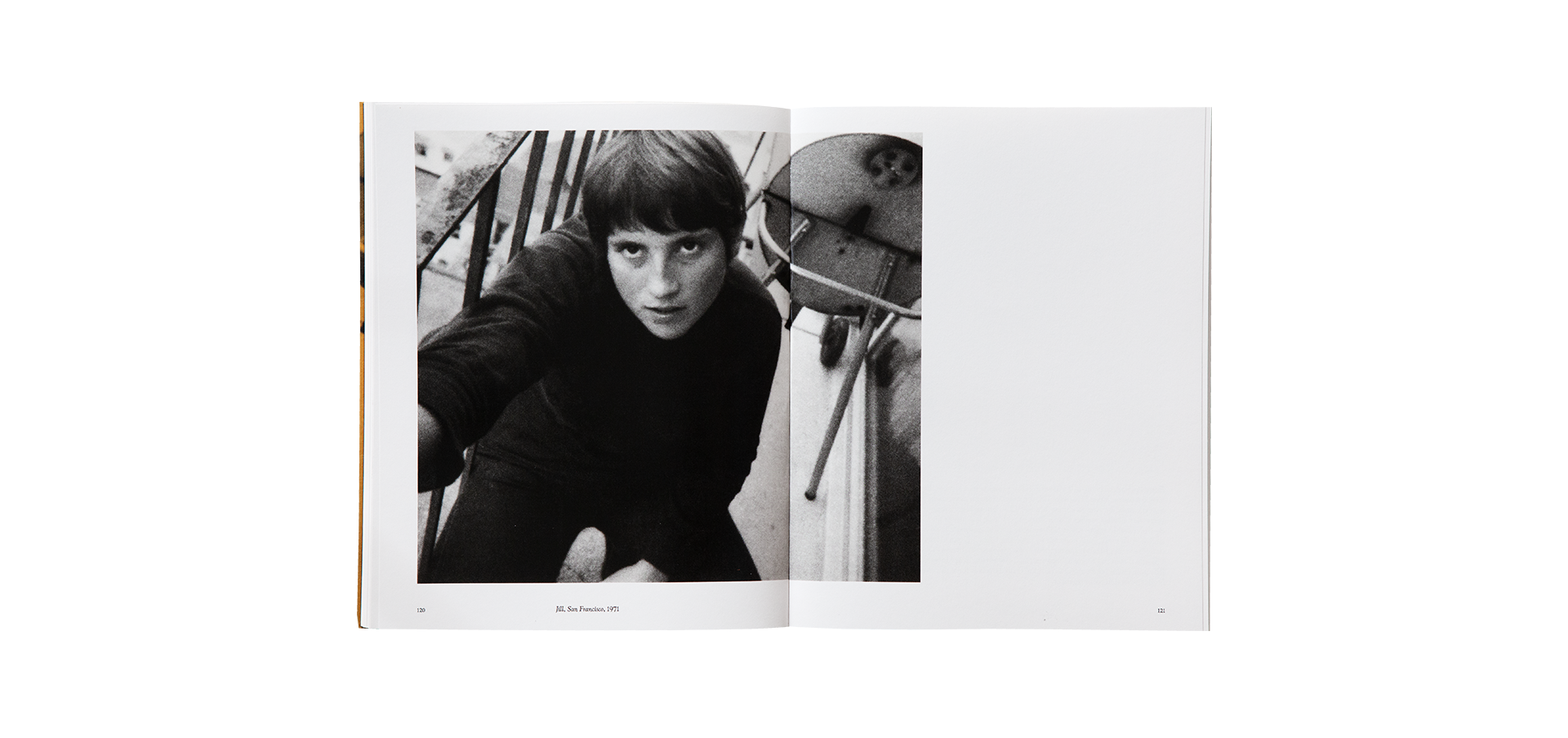
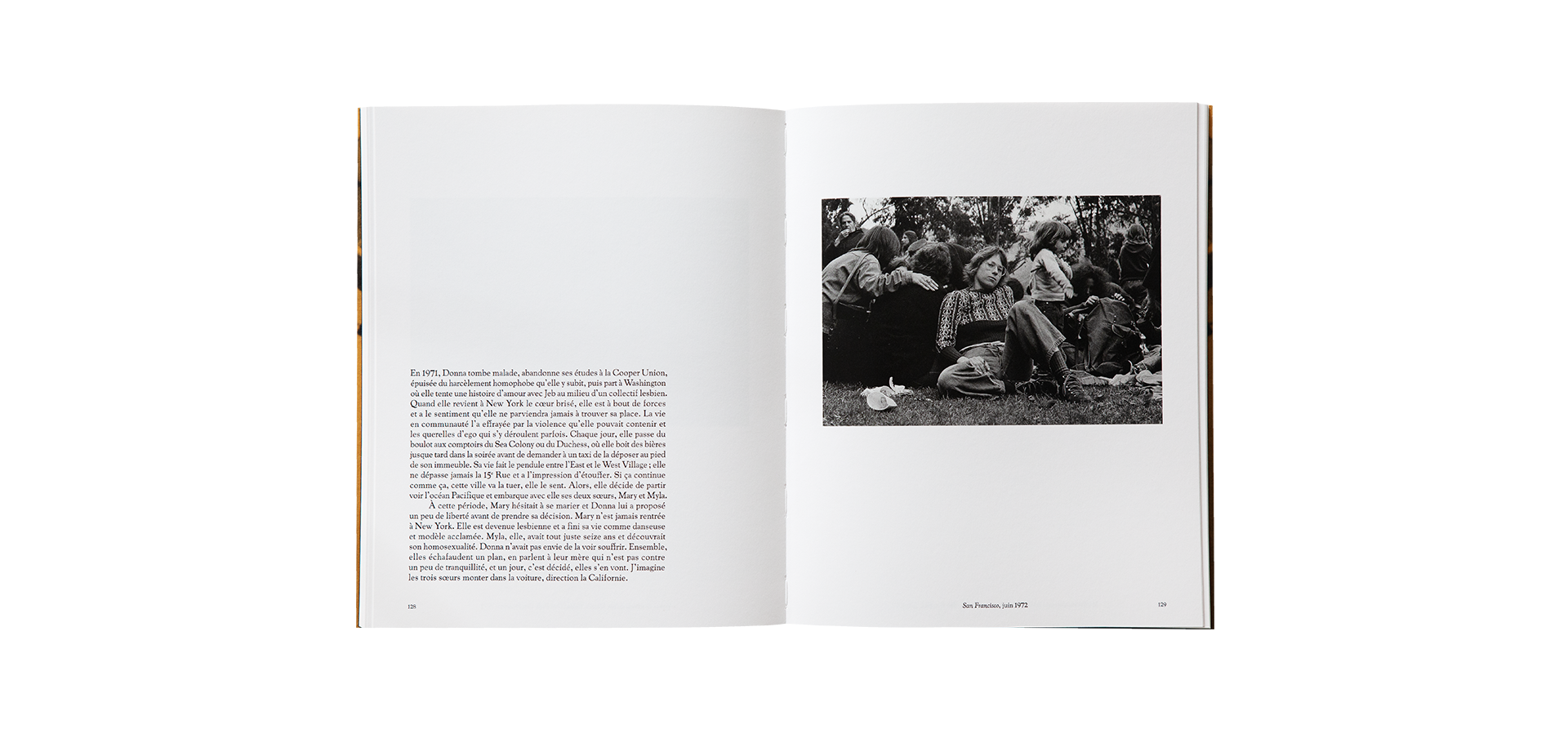
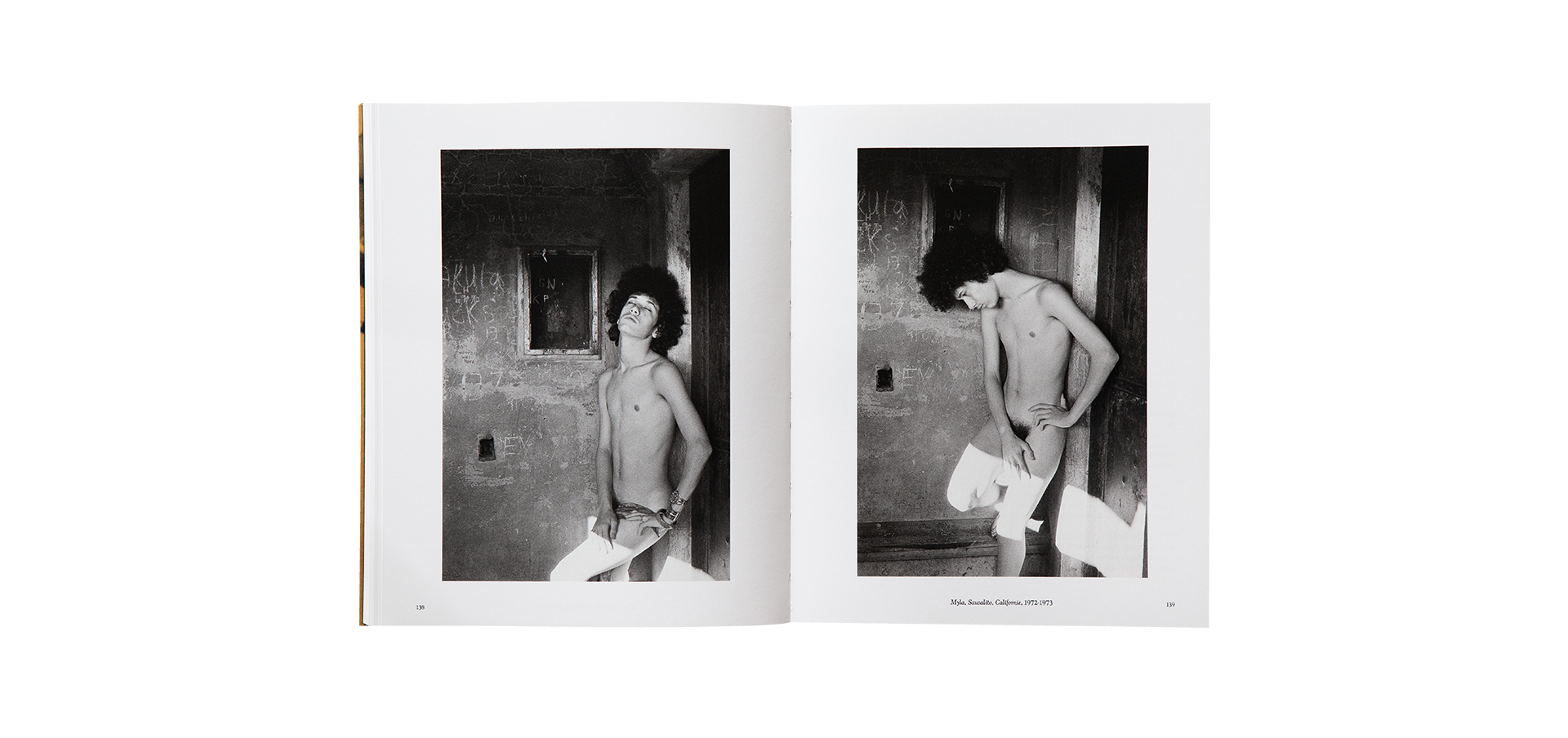
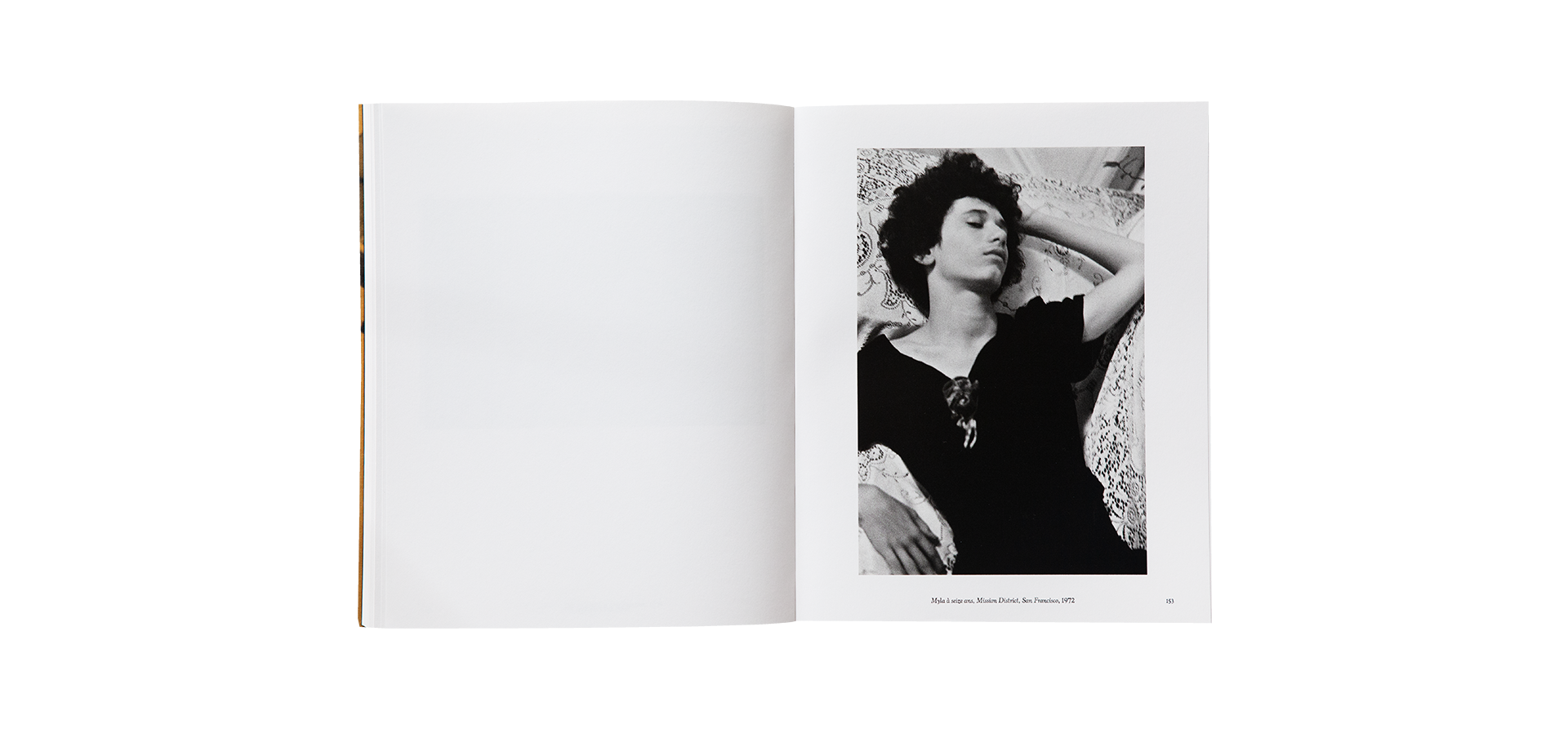
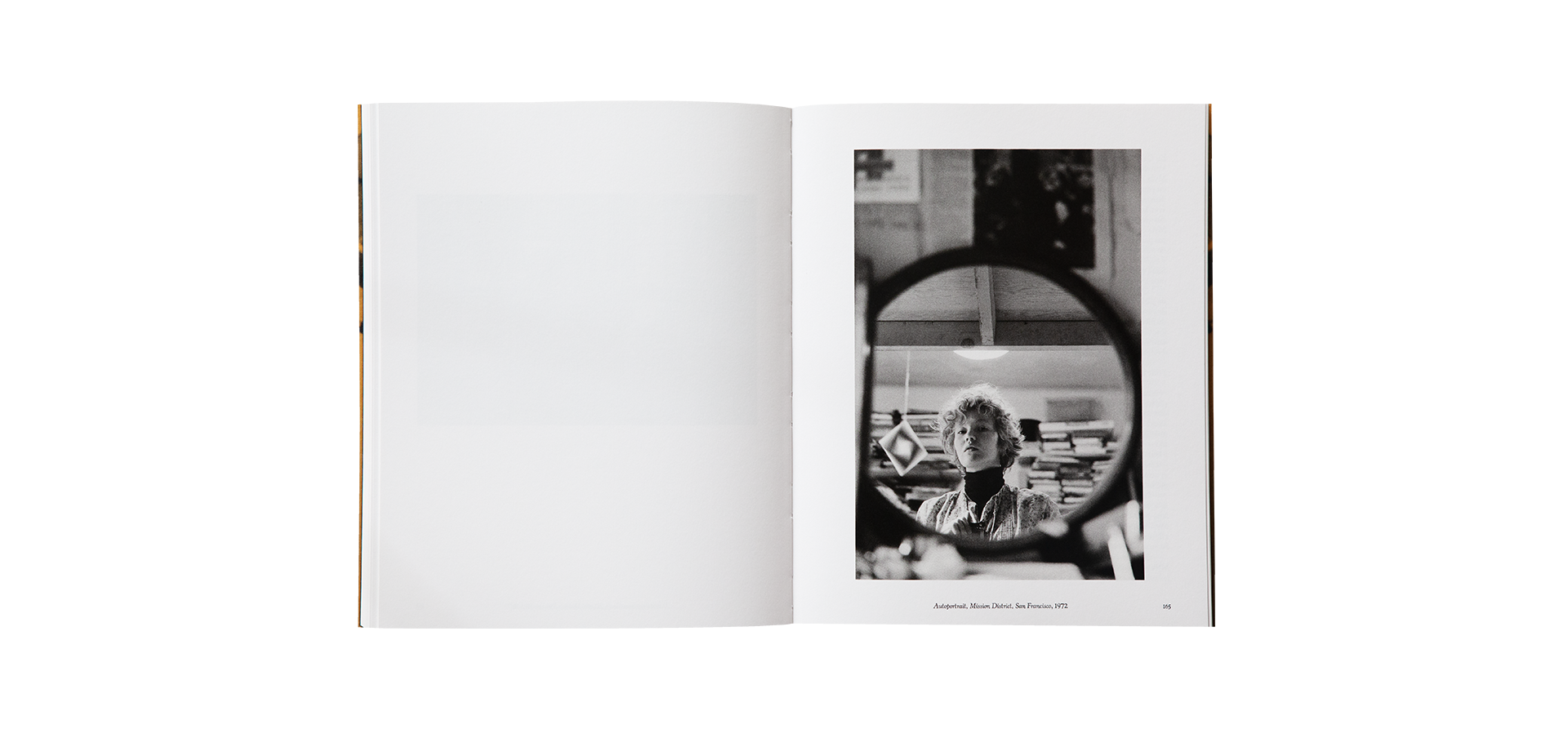
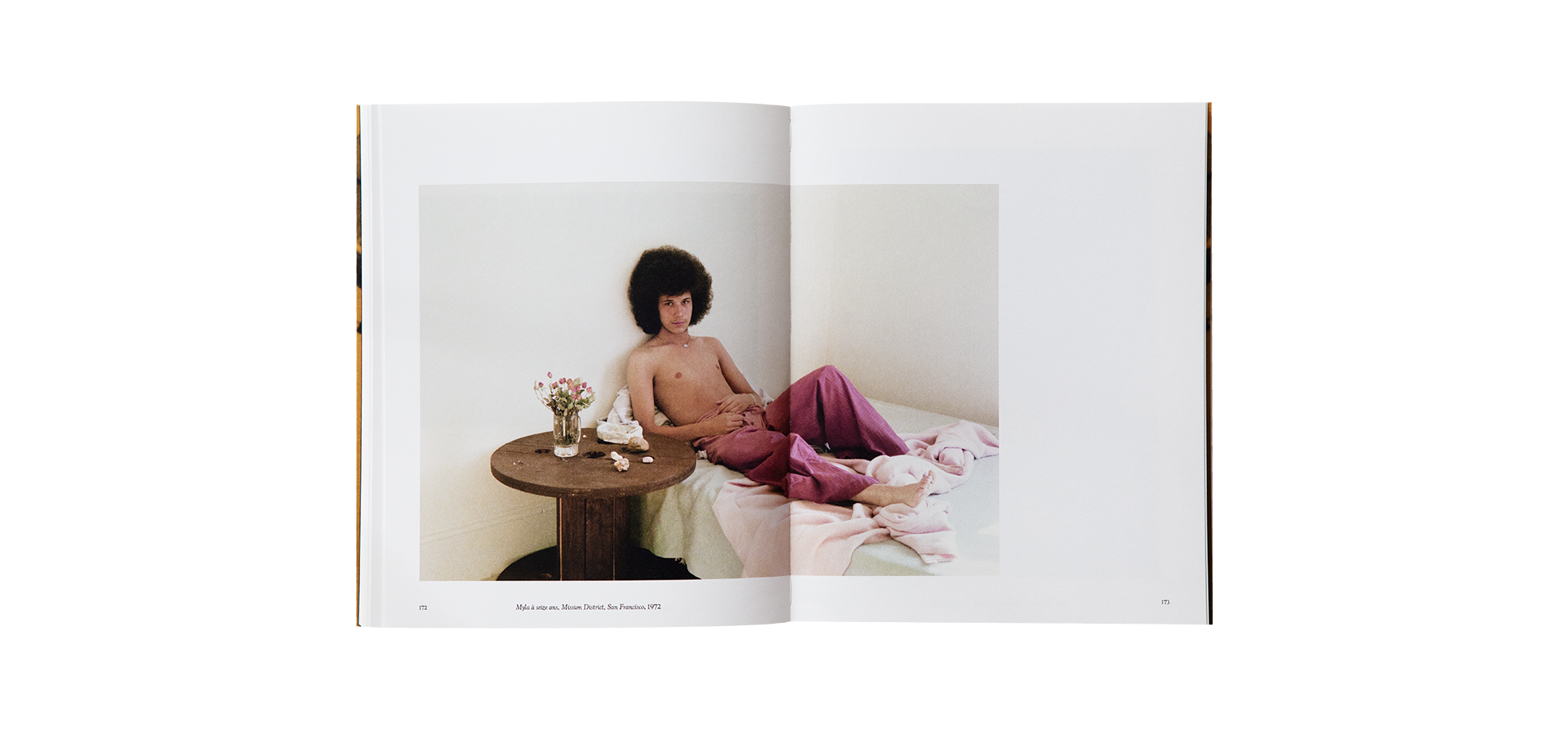
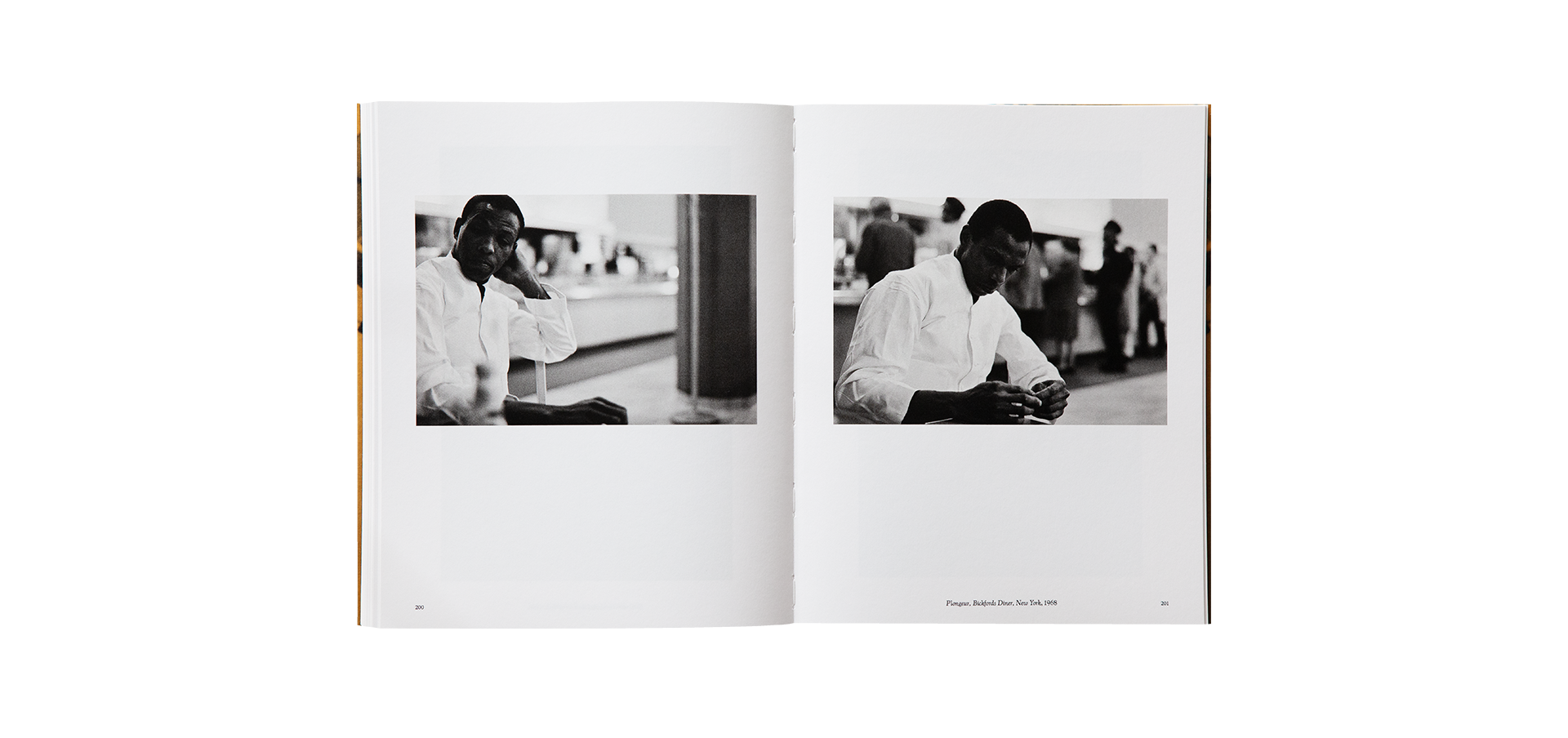
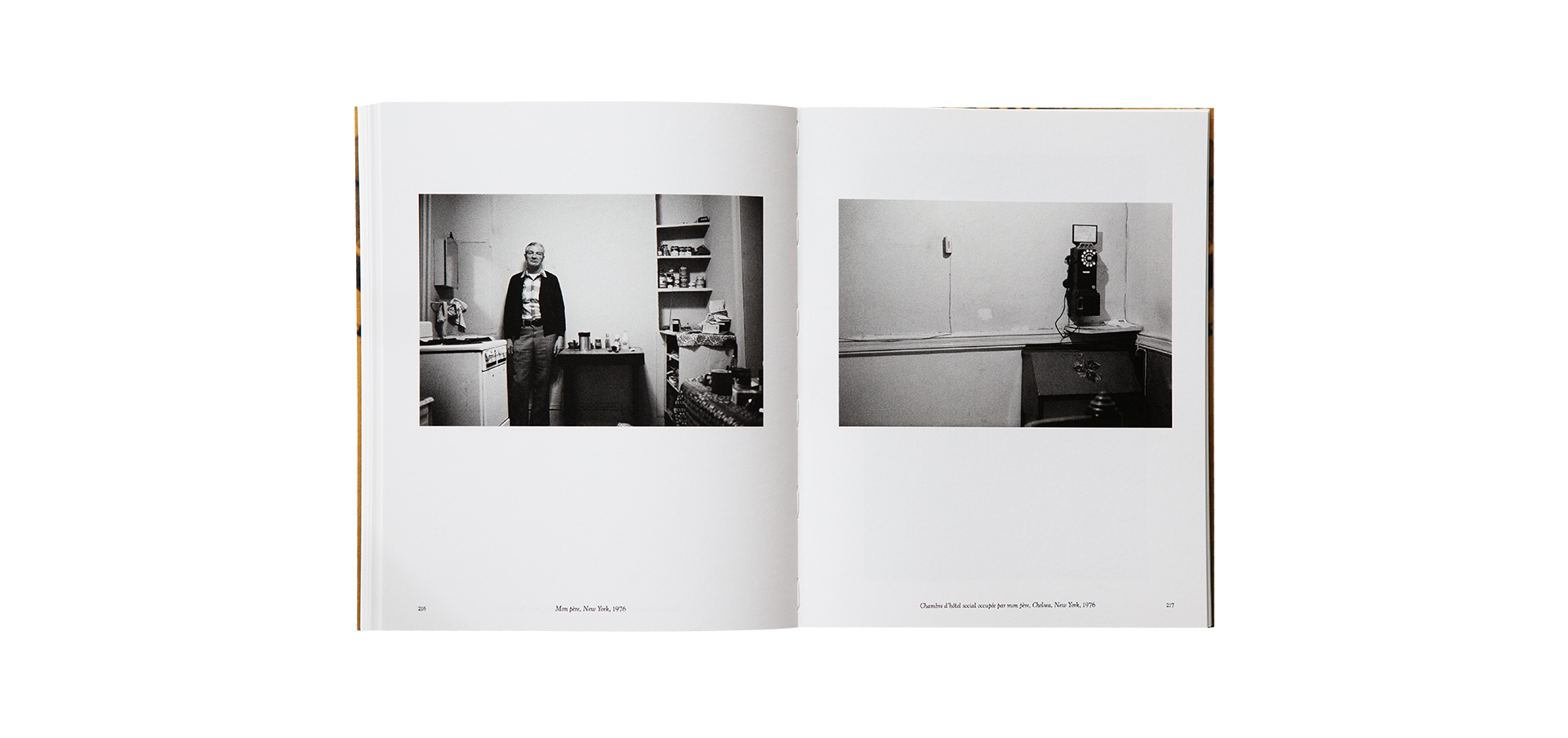
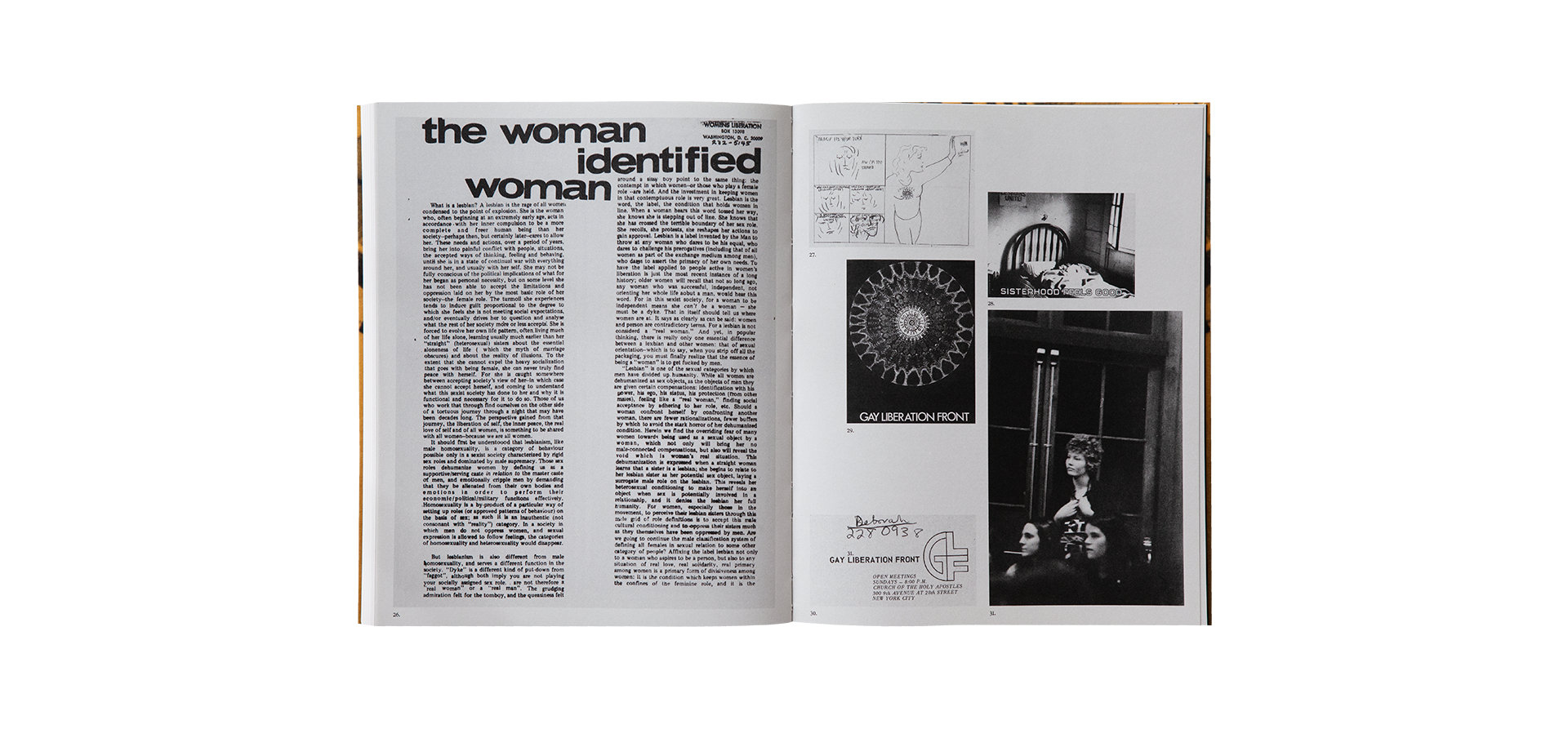
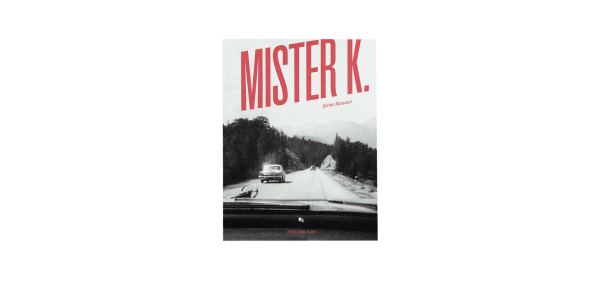
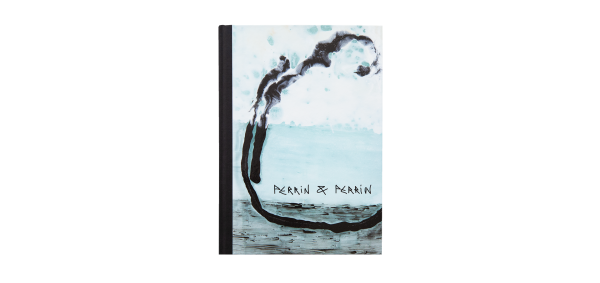
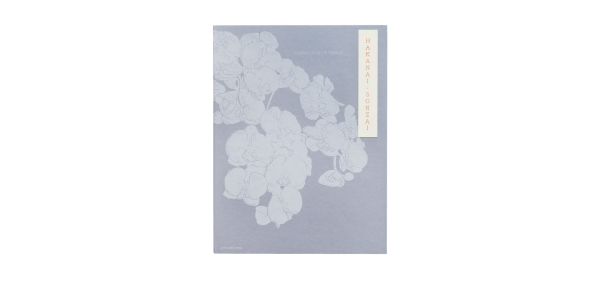
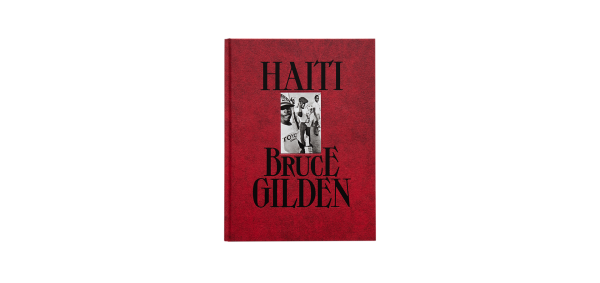
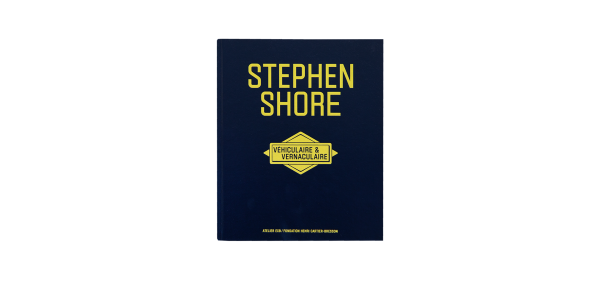

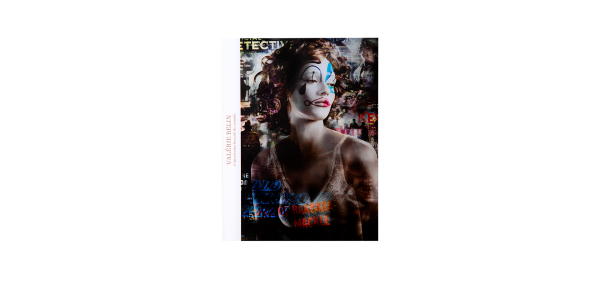

 see the whole catalog
see the whole catalog